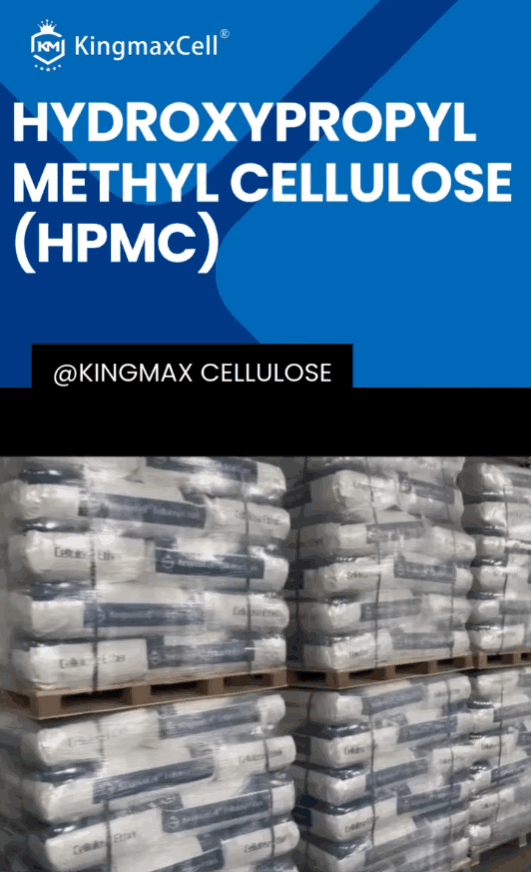In latex paints, hydroxypropyl methylcellulose (HPMC) serves as a key additive for achieving desired viscosity, stability, and workability. Below are the primary application methods for integrating HPMC in latex paint formulations effectively:
1. Direct Addition in Water
- Hydration: HPMC can be dispersed in water at ambient or slightly warm temperatures (15-30°C). Once dispersed, the solution is agitated until the cellulose ether fully hydrates, forming a uniform gel. This method helps to achieve a stable, thickened medium before other ingredients are added.
- Avoiding Clumping: To prevent clumping, HPMC powder should be added slowly with continuous stirring or premixed with other powders (such as pigments or fillers) to ensure even distribution before water is added.
2. Premix Method
- Premixing with Solvent: HPMC can be premixed with a small amount of organic solvent, such as ethylene glycol or propylene glycol, to facilitate dispersion. This premix is then slowly added to the latex paint system with stirring. The solvent helps reduce clumping and assists in quicker dispersion and hydration of HPMC within the formulation.
3. Delayed Addition to Paint Base
- Incorporation Post-Latex Addition: Another method is adding HPMC after the main components of latex paint (binders, pigments, and fillers) are mixed. This delayed addition technique helps adjust the viscosity and avoids potential interactions with the binders, which could affect the paint’s final properties.
4. High-Shear Mixing
- High-Shear Equipment: Using a high-shear mixer can improve HPMC dispersion and hydration efficiency, especially in formulations where high viscosity is desired. This method is advantageous for achieving a uniform paint texture and optimized viscosity.
Key Advantages of HPMC in Latex Paint:
- Enhanced Rheology: HPMC provides improved flow and leveling, making the paint easier to apply and resulting in a smooth finish.
- Improved Water Retention: HPMC enhances water retention in the paint, which ensures an even drying process, reduces film cracking, and promotes uniform color and finish.
- Stabilization: HPMC stabilizes the latex particles and pigments, preventing separation or settling during storage.
- Thickening: HPMC efficiently increases the viscosity of the paint, allowing for better brush or roller application, reduced dripping, and controlled sagging.
Tips for Optimal HPMC Use:
- Gradual Addition: Always add HPMC gradually to avoid lumps.
- Optimal Temperature: Higher temperatures accelerate hydration but should not exceed HPMC’s tolerance range.
- Mixing Duration: Mix thoroughly to achieve full viscosity and ensure the cellulose ether is completely hydrated for uniform performance.
Using HPMC in latex paints results in better application properties, enhanced stability, and an improved overall finish, making it an essential additive in high-performance paint formulations.


